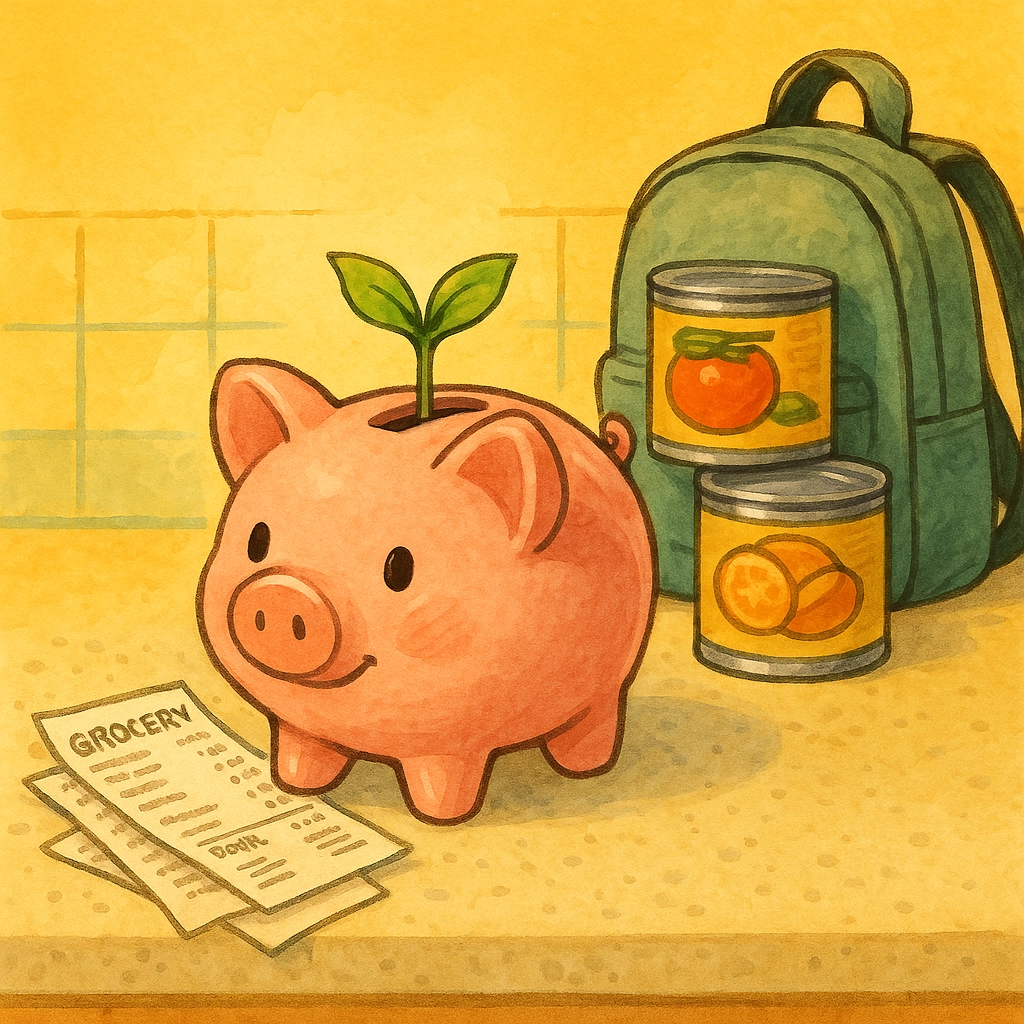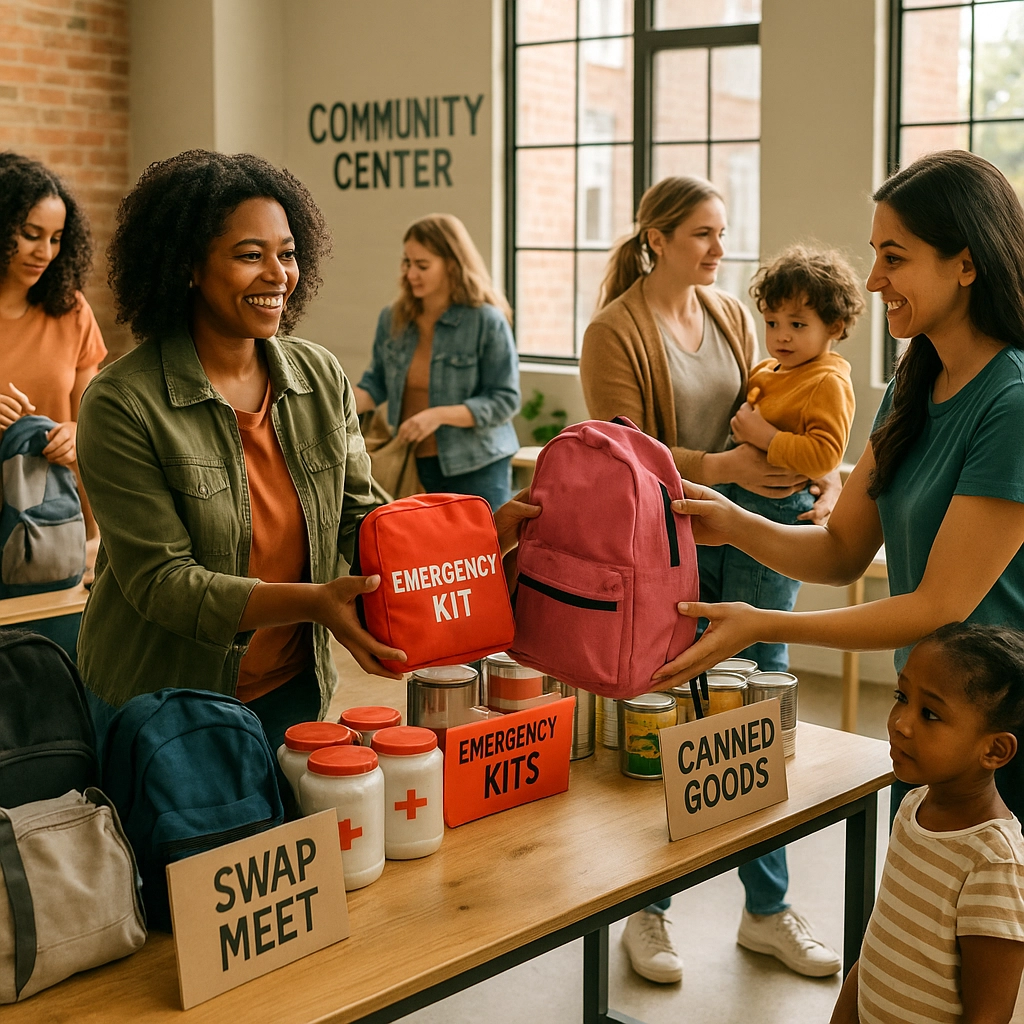
Understanding the Hidden Financial Burden
Let’s be honest—prepping often sounds like something for people with a lot of extra time and money. For single moms, every dollar (and minute) counts, and the costs of disaster prep are way more than a fancy bug-out bag. The less obvious, invisible costs creep in around every corner:
- Needing time off work when disaster strikes
- Extra childcare costs during school closures
- Replacing worn-out supplies year after year
- Lost income during evacuation or power outages
When there’s no partner to split the load, every invisible cost lands on your plate. Emergency funds matter more for single-parent homes because there’s often less financial margin for surprises. Experts suggest six months of expenses in reserve, but even half of that can make a gigantic difference.

Building an Emergency Fund on a Tight Budget
Start Small, But Start Now
Don’t let the six-month goal freak you out. The key is to get something started—a little cushion beats none at all. Even $5 or $10 from each paycheck, tucked away in a safe place or a separate account, has a way of quietly growing.
Prioritize Your Survival Fund
For most single moms, an emergency will eventually happen—think car breakdowns, unexpected medical bills, or a weather-related disruption. A little savings can keep you out of spiraling, high-interest debt when those crises hit. It’s not about piling up cash overnight, but about steady progress over weeks and months.
Stretching Every Dollar: Smart, Low-Cost Preparedness
Use What’s Already Out There
Not everything in your kit has to be bought new. Tap into your community’s free and discounted resources:
- Neighborhood swap meets or yard sales for gently used gear
- Your local Salvation Army or thrift store can provide some needed items at a low cost.
- Consider bartering! Leverage a skill or service you can provide in exchange for something you need. I provide more information about bartering here.
- Free safety and emergency seminars at libraries or local nonprofits
- Discounted programs at rec centers, museums, or other places in the community that provide a safe place in case you have to leave your home in an emergency
Don’t forget to check BOGO deals and sales on shelf-stable food at the grocery store—as mentioned in my last blog entry, buy an extra can or two each trip, and your stash will grow painlessly.
For more ideas, check out my podcast episode, 18 Budget-Saving Multi-Tasking Pantry Items Pulling Double – or – Triple Duty!
Cut What You Don’t Need
Give your budget a fresh look. Are there expensive streaming services or subscriptions you barely use? Would shifting to a smaller apartment or a different neighborhood trim your costs enough to make room for preparedness? Are you willing to cut back on take-out meals and pack a lunch instead of buying it every day? Sometimes switching up the grocery list, carpooling with neighbors, and re-evaluating the little things that add up can open up crucial wiggle room.

Insurance: The Prepping Most Folks Forget
Health and Life: First Lines of Defense
Insurance is that boring but powerful shield you don’t want to skip if at all possible. While Medicaid has been cut, it’s still worth checking to see what other low-cost options may be available through your state. Any health coverage cuts surprise medical costs, and life insurance ensures your kids will have a foundation if you’re not there. Policies can be tailored for single-parent needs, fitting tight budgets and covering essential medical, childcare, or rent costs should you face a crisis.
Ditch Debt to Stay Ready
High-interest debt sucks away cash you could use to prepare or have stashed for an emergency. Make a plan—pay off your smallest debts first for quick wins, or tackle the highest-interest loans to save more in the long term. Debt consolidation may give you breathing room, too; just exercise discipline so you don’t run up debt again and now have another bill to pay.
Lean on Community and Federal Support
You’re not supposed to do this alone. Tap into local and federal programs designed with single-parent households in mind:
- SNAP and food banks for stretching grocery budgets. While SNAP has been cut and may have work requirements, if you are working, you may still qualify.
- TANF (Temporary Assistance for Needy Families) provides cash and employment assistance if you need help with rent or utilities. My research has indicated that this federal program has not been cut; however, it does have work requirements. Check with your state to apply and for any state-specific information.
- Parent networks (both online and local) to find the best free and cheap resources nearby. Finding other single moms to connect with can provide a great support system, especially if you’re far from family.
If your child has special needs or medical requirements, don’t forget to check if there are targeted resources and grants available to help you prepare for their emergency needs without bearing the financial burden alone.
Don’t assume help isn’t available; always check, always ask! And don’t let pride get in the way of being able to provide and prepare for yourself and your kids.

Your Practical, Real-World Checklist
Ready to get started? Keep it simple:
- Build up your emergency fund, even if it’s just a few bucks a week
- Use discounts, second-hand finds, and community resources to gather supplies
- Check your insurance and debt—shore up where you can
- Stay in the loop: join local parent groups and follow Urban Lady Prepper’s latest blog posts
Small steps add up, and each move you make puts your family in a stronger spot. Disaster prepping isn’t just for people with a lot of extra money—it’s for anyone who wants to put a little more control back in their hands.
Takeaway
Emergency prep is about progress, not perfection. Even if your journey starts slow, each action you take is an investment in your family’s safety and peace of mind. Remember, you already have resilience in spades—getting prepared just helps you weather the storm in style.
Want more tips for staying strong in the city? Sign up for our newsletter for weekly prep ideas, success stories, and exclusive content. And don’t miss our latest podcast episode for smart, realistic advice that fits your busy life.
If you have more questions or need personalized help, reach out anytime through my Contact page.
Check out our Prepper Checklist for simple hacks to start your emergency stash. the password is StayReady 😉
Stay resourceful. Stay empowered. Follow me on the socials to keep tackling life’s surprises, your way!.


